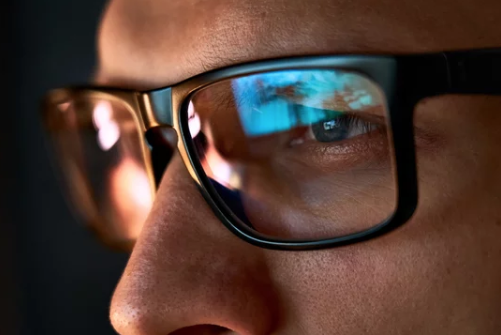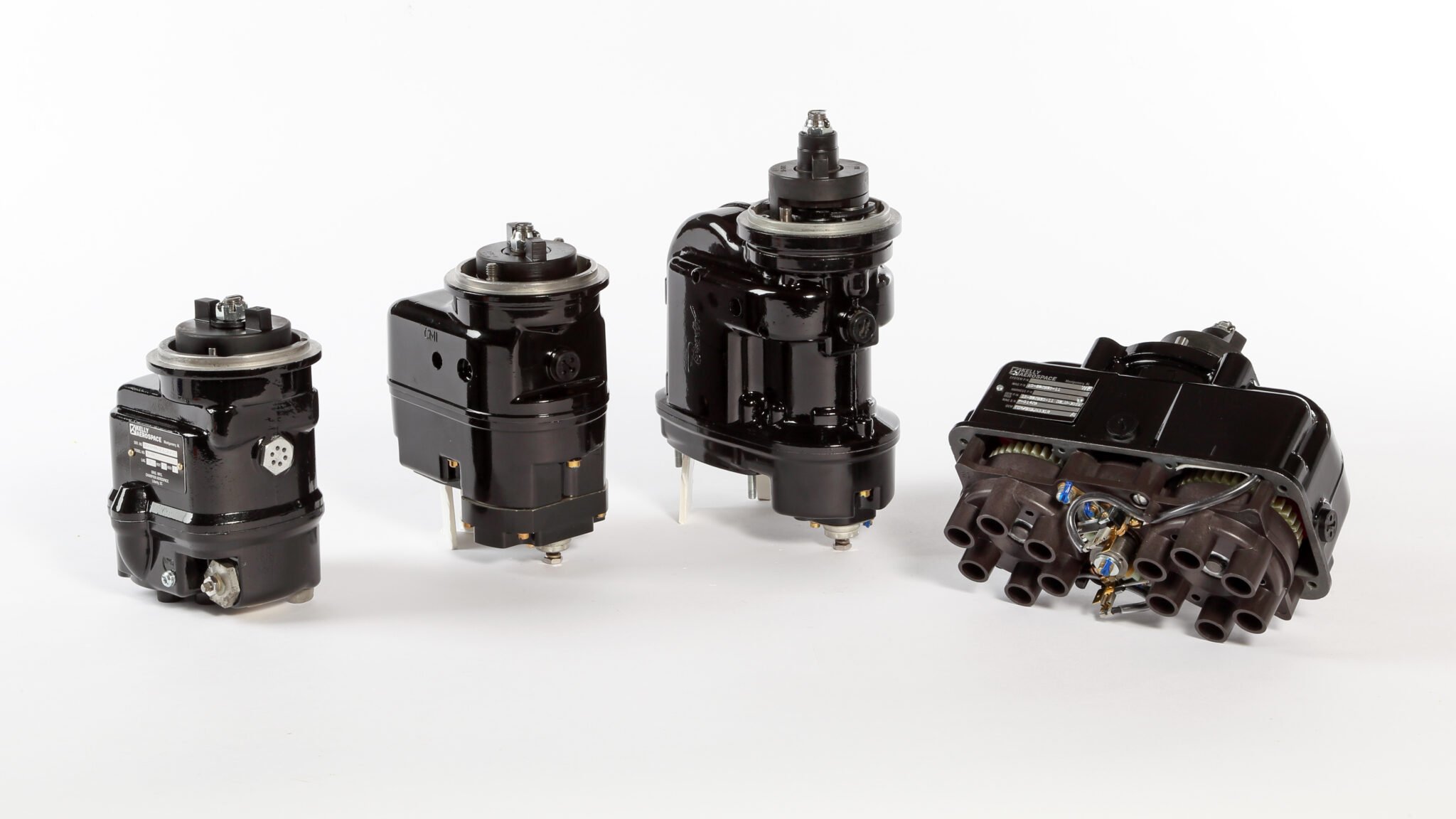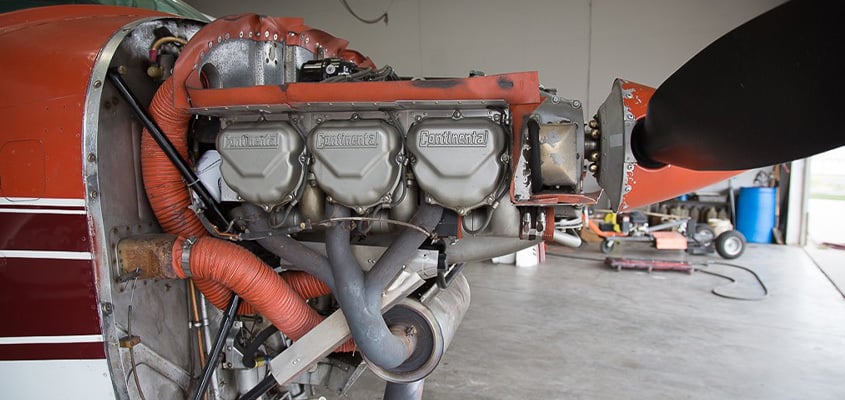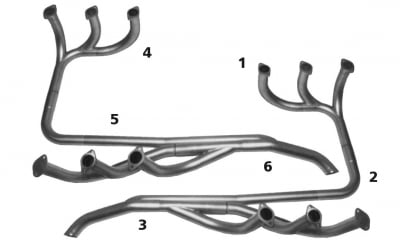Can Pilots Wear Glasses While Flying?
Pilots are responsible for the safety and well-being of passengers, crew, and the aircraft they operate. One of the key requirements for pilots is to have good vision, which is why there are strict regulations in place regarding pilot vision.
While many pilots may require glasses or other vision correction devices to see clearly, the question remains: can pilots wear glasses while flying? This article will explore the FAA regulations on pilot vision, the advantages and limitations of pilots wearing glasses, and the impact that glasses may have on flight safety and efficiency. We can service your light aircraft exhaust repair with hundreds of FAA/PMA-approved parts on the shelf and ready to ship.
FAA Regulations on Pilot Vision
The Federal Aviation Administration (FAA) has strict regulations in place regarding pilot vision. According to the FAA, pilots must have a visual acuity of at least 20/40 in each eye, with or without corrective lenses. This means that a pilot must be able to see at a distance of 20 feet what a person with normal vision can see at 40 feet. Additionally, pilots must have a visual field of at least 140 degrees in the horizontal meridian in each eye. Pilots who require glasses or other vision correction devices (like contact lenses) to meet these requirements must have their eyes evaluated by an FAA-approved ophthalmologist or optometrist. This includes a thorough examination of the eyes, including visual acuity, visual field, and any other relevant tests as determined by the examiner. The results of this examination are then submitted to the FAA for review and approval. Additionally, the FAA has different requirements for different classes of medical certificates. For example, first-class certificates require better vision than second and third-class certificates. The process for evaluating and approving pilots with glasses or other vision correction devices is designed to ensure that pilots are able to safely and effectively operate an aircraft. The FAA will take into account any potential issues such as glare or reflection from glasses while flying, the potential for glasses to become dislodged or damaged in the cockpit, and any additional training or accommodations that may be required for pilots who wear glasses.
Under What Conditions Can Pilots Wear Glasses?
In order for a pilot to be able to wear glasses while flying, they must have a valid eye exam that demonstrates that their uncorrected vision is worse than 20/40 but can be corrected to 20/40 with glasses. Additionally, the glasses worn by pilots must be made of a material that is safe to wear in the cockpit, such as plastic. They must also meet standards for safe piloting through their prescription quality and material composition. An optometrist can help pilots to determine whether their particular lenses meet these requirements. Pilots must also receive an annual eye exam from an FAA-designated examiner who has at least 10 hours of training on how eyes affect flight performance and visual function during flight operations. This is to ensure that the pilots are able to maintain the necessary vision standards for safe flying. Many modern glasses have features that can help pilots with their duties. One great example is polarized glasses, which can help pilots to reduce glare from the sun. Also, some modern glasses have the ability to change tint depending on the light, allowing pilots to see better in different lighting conditions.
What Are the Downsides to Pilots Wearing Glasses?
One of the main issues with (non-polarized) glasses is the potential for glare or reflection from the lenses while flying. This can cause visual distractions and impede a pilot’s ability to see clearly. Another limitation is their potential to become dislodged or damaged in the cockpit. Pilots must ensure that their glasses fit securely and comfortably and that they are properly protected in the event of an emergency or sudden movement. Pilots who wear glasses may also require additional training or accommodations to ensure that they are able to perform their duties safely and effectively. For example, a pilot who wears glasses may need to be trained on how to properly adjust and clean the lenses or how to use the glasses in conjunction with other flight equipment, such as head-up displays. Moreover, some airlines might have specific requirements for pilots who wear glasses. For example, pilots may be required to have a second pair of glasses or contact lenses as a backup.
What About Color Blindness?
Color blindness, also known as color vision deficiency, affects about 8% of men and 0.5% of women. It’s a genetic condition that makes it difficult for people to distinguish between certain colors, and there are three main types of it:
- Deuteranopia (red-green)
- Protanopia (red-yellow)
- Tritanopia (blue-yellow)
The FAA recognizes that the ability to perceive these colors is necessary for the safe performance of airman duties and therefore has set specific tests for color blindness. The guidelines state that individuals must pass a color vision test to be eligible for a medical certificate and that color vision correcting lenses such as X-Chrom are unacceptable. Additionally, there are additional guidelines for daylight and night flying for colorblind pilots. For example, a pilot with color blindness may be restricted from flying at night or in certain weather conditions where color perception is critical. This is to ensure that the pilot is able to safely operate the aircraft and make proper decisions in the cockpit. Overall, while color blindness can be a limitation for pilots, with proper testing, accommodations and restrictions, the FAA can ensure that pilots with color blindness are able to perform their duties while flying safely.
Conclusion
Pilots who need glasses must have their eyes evaluated by an FAA-approved ophthalmologist or optometrist. Glasses can provide many benefits for pilots, including improved visual acuity, safety, and efficiency, but it’s important to consider the potential challenges and limitations they may present. To ensure that the necessary vision standards for safe flying are met, pilots should be aware of the FAA’s regulations and work with their eye care provider.



